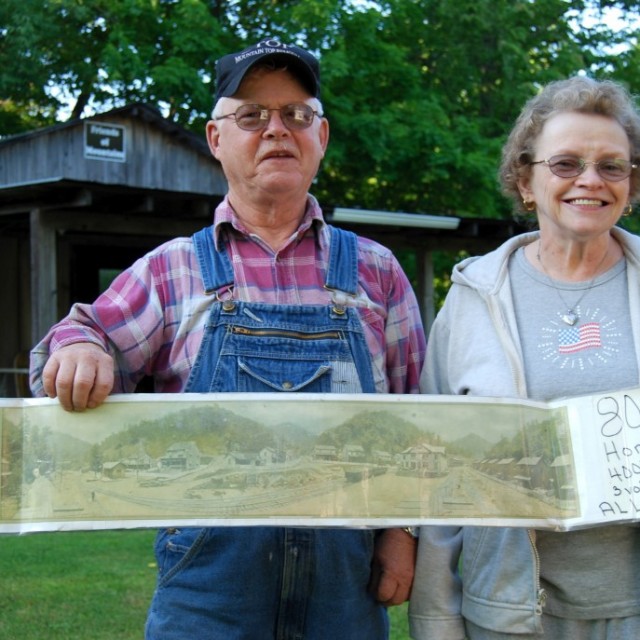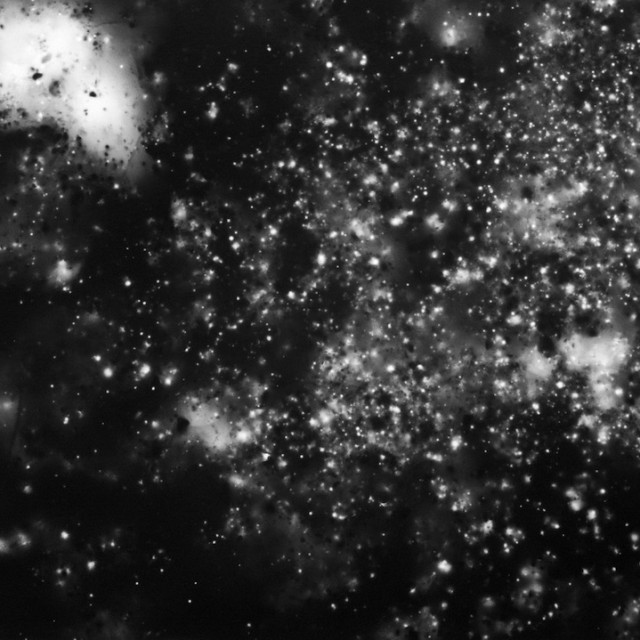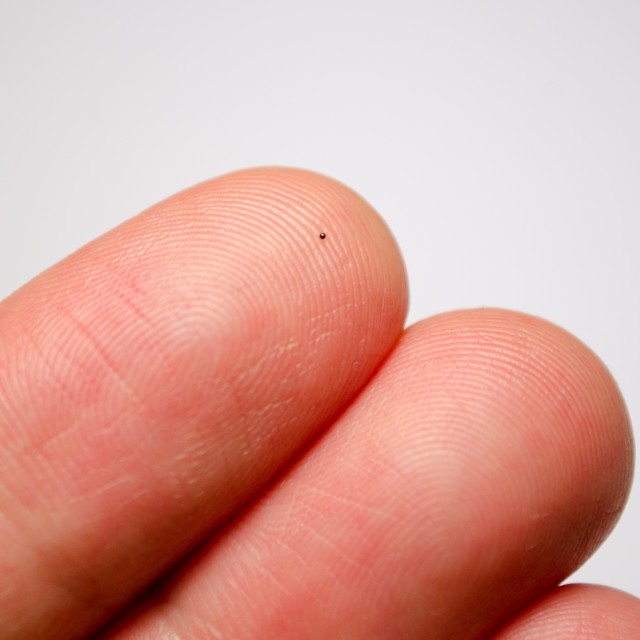Making the Geologic Now
We are excited to share a new project that several friends of the MQ are involved with–Making the Geologic Now: Responses to Material Conditions of Contemporary Life. The book is edited by Jaime Kruse and Elizabeth Ellsworth and out with the Brooklyn based, Punctum Books, a print on demand platform that promotes scholarly projects that have no official scholarly home. Making the Geologic Now pulls together cultural workers responding to the environment with essays, images, and projects. You can access Making the Geologic Now via e-book, free downloadable PDF, and website.
It includes contributions from Paul Lloyd Sargent, Ryan Thompson, Trevor Paglen, and the Center for Land Use Interpretation, among others.
Sargent’s essay Landscapes of Erasure: The Removal—and Persistence—of Place calls our attention to the human ability to destroy landscapes. He writes, “The human potential to produce and eradicate both place and terrain now rivals the geologic.” Sargent discusses nuclear weapons, industrial extraction, and various other methods that humans have developed for wrecking havoc on the landscape.
I was particularly struck by his discussion of mountain top removal coal mining (MTR) and its power to drastically alter a landscape. Sargent zooms in on Kayford Mountain, a mountain in West Virginia that has been the site of MTR strip mining, as well as massive direct action by environmental activists. It was the former home of the late Larry Gibson, Keeper of the Mountains. Sargent’s essay asks what happens when we loose a particular landscape, but are left with cultural referents like the “Peak Gas & Go,” haunting us behind neon lights–here a strip mall/gas station/golf course now stands, there once was a mountain.
Artist, Erika Osborne also references Kayford Mountain in her contribution to the book: Exposing The Anthropocene: Art and Education in the “Extraction State.“ She is a recent transplant to the Appalachian Region of the U.S. , and while her art work has consistently dealt with environmental issues, her practice has shifted since seeing the effects of industry on the landscape she now calls home. Osborne takes her students to visit Kayford Mountain which she discusses in her essay.
Another interesting project draws attention to the aftermath of the Fukushima Daiichi Disaster in Japan. Photographer, Shimpei Takeda, makes contact prints with contaminated soil in and around Fukushima. The radioactive material makes a white dot on the light sensitive photo paper. The images range from mere dust spots to apparent galaxies of contaminated soil.
Finally, check out Ryan Thompson’s essay, The Dark Flight of Micrometeorites, which brings the galaxy down to a more intimate level. The artist catalogs the phenomena of tiny meteorites that fall quietly and imperceptibly to earth, in contrast to the common assumption that space debris has to make a dramatic, fiery entry.
This book is an excellent survey of contemporary artists and thinkers who are working with environmental issues from the activist to the emotional–a must read for developing a cultural response to climate change. Download a copy.
Radio Aktiv Sonic Deep Map (2013)

SUPERKILEN – Extreme Neoliberalism Copenhagen Style

Read Brett's essay about the park.
Download our guide:

This is our guide to how-to books from the counterculture of the 60s and 70s. Click to get the download page.
Categories
- Agriculture (11)
- Animal sounds (1)
- Artist parents (19)
- Arts and culture (106)
- Bees (3)
- Book reviews (14)
- Books (18)
- Critical essays (5)
- Daily Photo (5)
- Design (36)
- Dirt (11)
- Environmental activism (43)
- Exhibitions (24)
- Farms (11)
- Forest (7)
- Friday connect (15)
- Growing (42)
- Habitat (38)
- Homesteading (16)
- Interviews (15)
- Kitchen (14)
- Living structure (9)
- MISC (15)
- Mythological (2)
- Neighborhood (83)
- Ocean News (1)
- Our Art Work (21)
- Personal – Design/Art (3)
- Play (2)
- Playground (4)
- Projects (21)
- Public space (53)
- Resilience (13)
- Sea Side (2)
- Sojabønner (2)
- Tofu (8)
- Vermont correspondence (7)
- Water (3)
- Wednesday picture (31)
- Workshop (1)
Video interview:

Watch our interview of SeedBroadcast, a mobile project that is part seed library and part seed-saving-story-collecting machine-recording the stories of seed saving, farming, and food sovereignty work being done around the US.

Download a poster Bonnie made about biodiversity in a vacant lot in the Amager borough of Copenhagen, in collaboration with biologist, Inger Kærgaard, ornithologist, Jørn Lennart Larsen and botanist, Camilla Sønderberg Brok: A BRIEF TAXONOMY OF A LOT

We made and installed a network of bat houses in Urbana, Illinois, to support the local and regional bat population, but also to begin a conversation about re-making the built environment.
READ MORE
BOOK REVIEW:

We write often about artists and art groups that work with putting ‘culture’ back in agriculture. Here is a new favorite: myvillages, a group of three women based in Germany, the Netherlands, and the UK. Read more...

Post Revolutionary Exercises
We really admire the dedicated hard work of Kultivator who seeks to fuse agriculture and art in their work. Click this sentence to get a PDF of their poster collection called "Post Revolutionary Exercises."

Cultural Practices Within And Across
This amazing book networks urban and rural resilience and sustainability projects around the world. Deeply inspiring projects in Romania, Paris, San Francisco, and elsewhere.
• Read our review of the book.
• Buy the book.
• Download the book.











